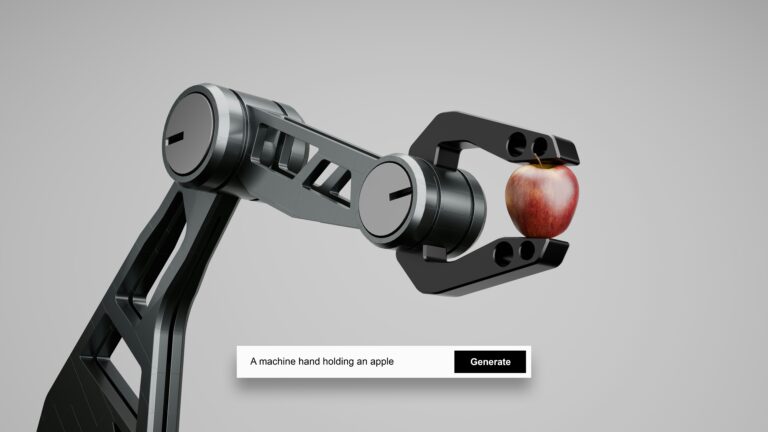Blog /
Cybersecurity: Defence and the Cloud
Cybersecurity: Defence and the Cloud
Across Canada, companies who have migrated their operations to the cloud have streamlined internal operations, enhanced the consumer experience, and provided small businesses the opportunity to level up and play on a bigger field.

By: Alkarim Amlani, Director, Cyber Programs
General Dynamics Mission Systems–Canada
There’s no denying the power of the cloud for delivering business value in the civilian space.
Across Canada, companies who have migrated their operations to the cloud have streamlined internal operations, enhanced the consumer experience, and provided small businesses the opportunity to level up and play on a bigger field.
“While cloud security is an ongoing concern, strong industry leaders are working to reduce risk and protect sensitive data and customer information in the cloud for businesses of all sizes.”

Migrating The Mission
As with the civilian space, the Canadian government and the Department of National Defence have much to gain by utilizing cloud capabilities. Devices, sensors and networks are spread throughout our land, sea, air, and cyberspace domains, collecting and connecting critical data. Migrating all this information and the underlying infrastructure to a cloud environment would create a digital ecosystem allowing commanders and soldiers alike to access the information they need to support mission success.
But this will be no ordinary cloud migration – it will take collaboration between traditional IT companies and leaders in the defence industry to make it happen. Bringing government level infrastructure to the cloud could indeed present some challenges:
- It would house sensitive data that is critical to national security. A secret level cloud would be required and with users at varying security levels, a multi-level security component is necessary.
- End user needs will vary widely depending on their role – capabilities would need to be flexible and scalable based on individual missions.
- Considering the range of technologies currently deployed, interoperability is key. This cloud will need to be able to add and remove mission-centric technologies as innovations advance, mission priorities evolve, and old capabilities are phased out.
- Cloud environments are complex in the best of situations. A cloud for the Department of National Defence would need to be prepared to face the unique challenge of a vast network that at times breaches into contested cyberspace in areas that often experience latent and intermittent connectivity.

Multi-Level Security
First and foremost, in deploying a cloud of this nature is the idea of security – not only who can access the cloud, but who can access what based on their security level. And beyond simple access, there is the need to share information in this cloud – often between security levels. That means that a cloud supporting government and the Department of National Defence would not only need to be a secret level cloud, but it would also need to use multi-level security technology to enable the secure information access and transfer within and between all security levels.

Operational Relevance
In government organizations, the operations are going to be many and varied. From the data analyst in a home office to a commander at HQ to the deployed soldier – the needs of each end user will be very different. So, we need to ask the question of operational relevance: “how would this cloud be relevant to the specific mission at hand?” The cloud will also need to be adaptable and flexible, making it easy for users to find, analyze and share information in near real-time.

Migration, Interoperability and Future Capabilities
As technology has been rapidly advancing, the Department of National Defence has deployed new capabilities to support current and future missions. This means that there are vast sets of command-and-control applications and workloads that will need to be migrated onto a secret cloud. This doesn’t include new, yet to be defined C2 applications – all of which are underpinned by their individual needs based on mission parameters. A secret cloud will need to be able to integrate these various current technologies as well as be capable of onboarding future innovations with relative ease.

As one of Canada’s most trusted defence and security companies, General Dynamics Mission Systems–Canada is actively collaborating with industry leaders and academia to evolve successful commercial products for future cloud integration and other cyber defence deployments to the Canadian Armed Forces. We know the importance of developing Canadian sovereign solutions built in Canada for Canadians and we’re proud to be a part of the country’s commitment to cyber security and cyber defence advancement and innovation.
Related News

Protected: What We Heard: Key Takeaways from the Natural Resources Tour “Charting the Path”

What We Heard: Delivering Connected Care for Canadians




